The following was taken from an article on Mlive.com regarding the possible upcoming stimulus plan and the potential for infrastructure improvements to be funded as part of the plan. The permalink to the article is included at the bottom. Please comment and let WATS and others know your opinion.
LANSING, Mich. -- Michigan officials, like those in many states across the nation, are crafting a multibillion dollar wish list for road improvements and other projects in anticipation of an expected federal stimulus package.
The challenge: No one knows for sure exactly when a stimulus package for the states is coming or what it will include. The plan first must be debated and agreed upon by Congress and President-elect Barack Obama.
State officials know their entire list, or possibly even much of it, won't be funded. But the uncertainty of what will be included in the final stimulus package leaves officials putting together a broad inventory so they are prepared to respond to whatever is approved.
Michigan -- with the nation's highest unemployment rate, beat-up roads and needs related to the Great Lakes -- has plenty of possible projects to pitch.
"The goal is to build as wide and broad a list as possible because we don't know exactly what will be available," Leslee Fritz, a spokeswoman in Michigan's state government budget office, said Thursday. "It's an ongoing process."
Michigan officials started working on the list several weeks ago.
Obama again pushed for his proposal Thursday during a speech in Fairfax, Va. He wants Congress to pass a revival plan soon enough for it to be ready for his signature shortly after he takes office on Jan. 20.
Obama has not shared many details of the plan, which could cost as much as $1 trillion including government spending and tax cuts. It's not clear what Michigan's share of the cash would be or how it would be allocated.
But Obama does have some broad goals that could be folded into a stimulus package aiding states. For example, Obama wants to boost alternative energy production, expand broadband networks and update schools and universities.
Michigan's two Democratic U.S. senators, Carl Levin and Debbie Stabenow, held teleconferences on the developing economic recovery plan early Thursday evening. Stabenow said she hoped the economic recovery plan would be passed by the end of February.
"There is a lot of work to do on details, but we are moving very, very fast," Stabenow said. "We know this has got to happen fast."
Levin focused on two areas of concern about the developing plan. He wants more help to go to states with the highest unemployment rates, such as Michigan, and he wants more done to address the loss of manufacturing jobs.
Michigan officials say they haven't released a list of specific projects they want funded because they don't want to raise potentially false hope in specific communities, particularly when it's not clear how the federal program will be implemented or what it will cover. But Michigan has some general, high priority areas that might be addressed through a stimulus package.
Road and bridge repair is a priority. A transportation funding task force created by Gov. Jennifer Granholm and the state Legislature has said spending must be doubled to maintain a "good" level of investment in roads, bridges, airports and public transit.
Michigan officials have shelved proposals such as raising the gas tax to pay for road improvements in hopes that a federal government package will finance improvements instead.
U.S. Rep. Bart Stupak, D-Menominee, wants improvements to shipping transportation in the Great Lakes. Stupak has called for improvements in the Soo Locks at Sault Ste. Marie and an additional Great Lakes icebreaker to clear shipping lanes.
Environmental groups want money to clean up toxic wastes in the Great Lakes and update sewers to cut down on water pollution.
The projects most likely to be included are those that could start construction within a few months of the stimulus package rollout. The benefit to Michigan's economy, at least in the short term, would start with thousands of construction and related jobs.
Other investments, including those in alternative energy development, could have broader and longer-lasting benefits to Michigan's economy.
"Investment in job creation, that's No. 1," Granholm said Thursday when asked what she wants included in the stimulus package.
Other targeted relief also is possible to help people deal with the recession. A federal aid package could include the extension of unemployment benefits, money to retrain laid-off workers for high demand jobs, increased food assistance options and cash to keep people covered by Medicaid.
U.S. Rep. Mike Rogers, R-Howell, said the package should include tax relief -- particularly for small businesses -- to help spark job creation.
"Tax cuts are going to be crucial," Rogers said.
http://www.mlive.com/business/index.ssf/2009/01/michigan_crafts_wish_list_for.html







